André DERAIN
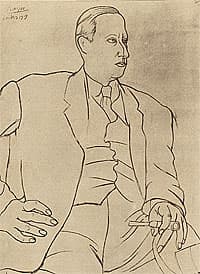
André Derain (b Chatou, near Paris, 10 June 1880 – d Garches, France, 8 September 1954) studied at l’Académie Camillo, Paris from 1898. With Henri Matisse, Derain began to explore the decorative qualities of colour and became one of the main proponents of Fauvism, exhibiting at famous Fauve exhibition at the Salon d’Automne in 1906. After staying with Pablo Picasso, Derain became attracted by some of the Cubist philosophy and interested in African and Roman sculpture. In 1911 Derain, influenced by early Renaissance art, embarked on his Gothic period, which lasted for ten years. The rest of his career was devoted to Classical Realism, drawing inspiration from nineteenth-century French masters such as Jean-Baptiste-Camille Corot.
In 1918 Derain began to design for the theatre, with a commission for the Duvoc Theatre Company’s production of L’Annonce faite à Marie. A year later he began work with Diaghilev on the Ballets Russes productions of La Boutique fantasque (1919) and Jack-in-the-box (1926). He designed the scenery for the ballet Concurrence (1932), produced by the Ballets Russes de Monte Carlo, and for George Balanchine’s ballets Fastes and Les Songes, performed at the Théâtre Champs-Elysées in 1933. In 1936 he again worked with the Ballets Russes de Monte Carlo on L’Epreuve d’amour. He wrote the books for the last three ballets himself.
At the end of the Second World War, Derain returned to theatre with décor designs for Que le Diable l’emporte (Ballets Roland Petit) and Mam’zelle Angot (Sadler’s Wells Theatre, London). He completed two more ballet projects, Il Seraglio in 1951 and The barber of Seville in 1953, for the Festival d’Aix-en-Provence.
Pablo Picasso
André Derain 1917 page 33 in Official program for the Ballets Russes at the Opéra, December 1919 – January 1920
National Gallery of Australia, Canberra © Pablo Picasso/Succession Picasso. Licensed by Viscopy, 2010


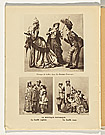
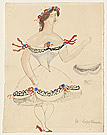

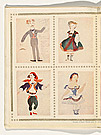

![André DERAIN | Curatin decoration for La Boutique Fantastique [Rideau de fond du décor de La Boutique Fantastique] | 1919-20](images/sml/203480.jpg)
![Pablo PICASSO | Curtain design for La Boutique Fantastique [Esquisse du rideau de La Boutique Fantastique] / Set for Le Tricorne [Décor du Le Tricorne] | 1919-20](images/sml/203485.jpg)
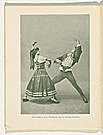
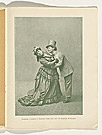
![André DERAIN | Model for the decoration for La Boutique Fantastique [Maquette du décor de La Boutique Fantastique] | 1919-20](images/sml/203481.jpg)
